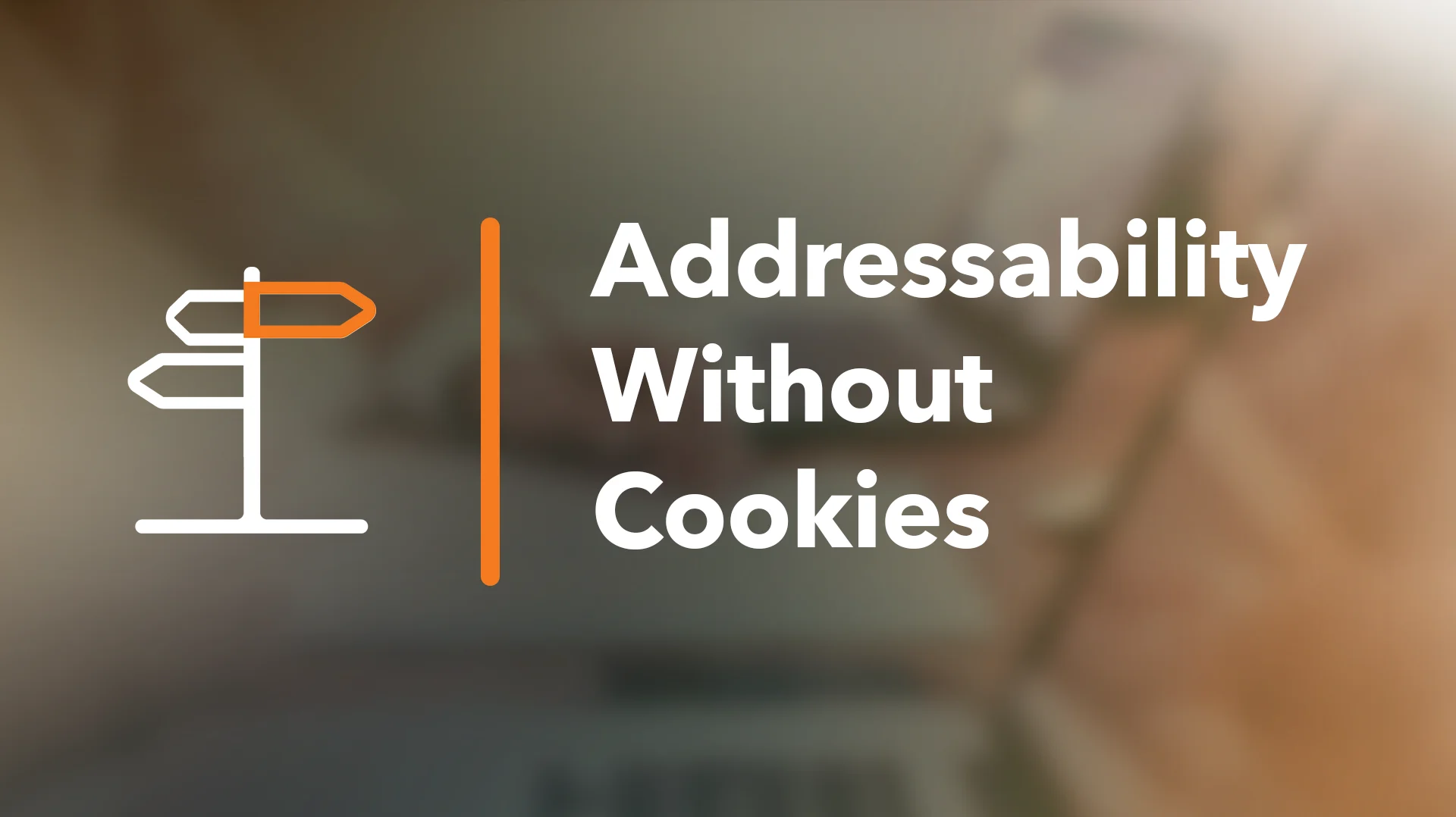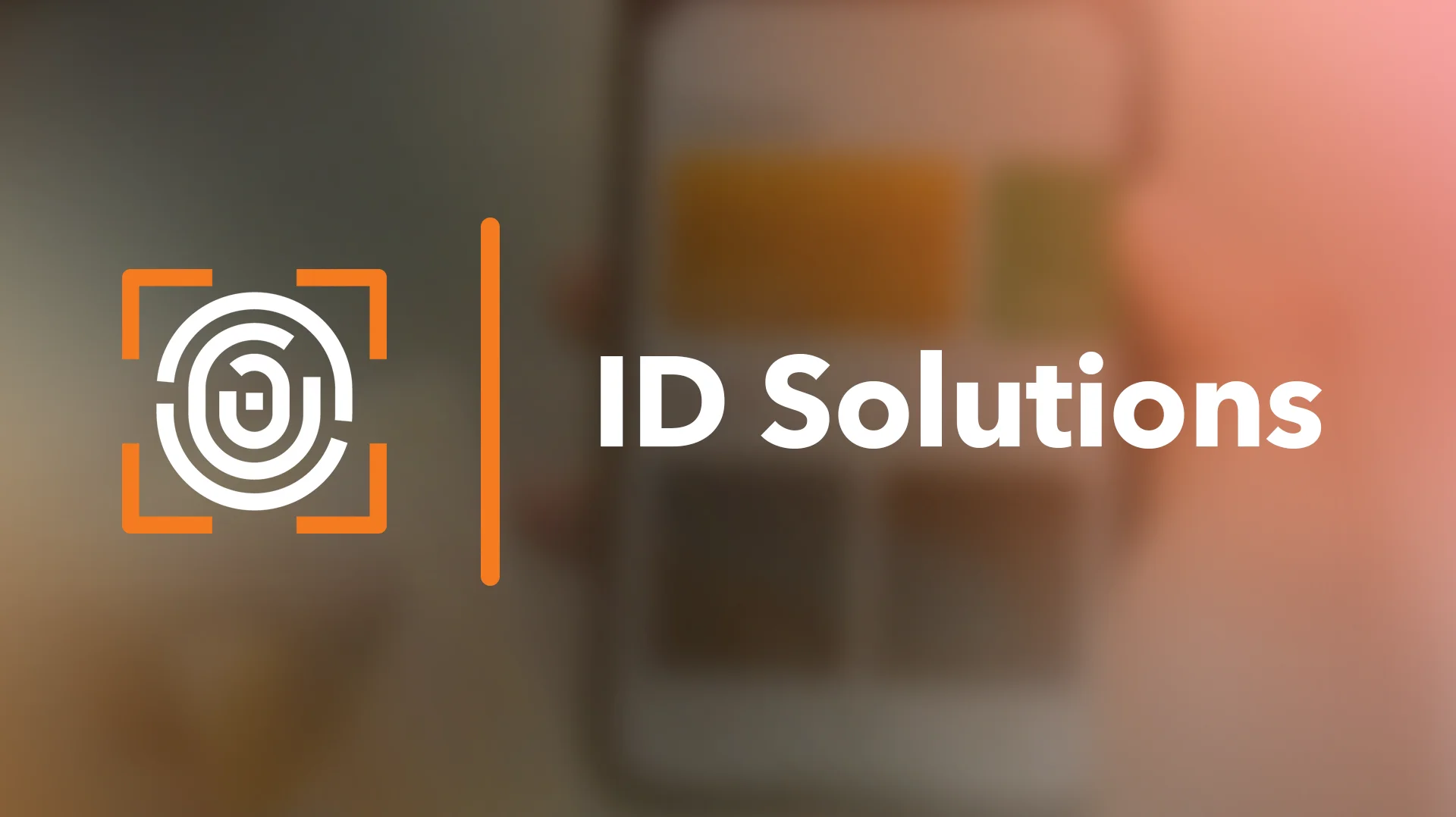When it comes to addressability, the industry needs to ask questions beyond the third-party cookie’s demise: What third-party data alternatives are available right now? What actions do advertisers need to take today? And what role does first-party data play?
Why it matters — The industry is abuzz with dialogue around addressability in a world without third-party cookies. The end of third-party cookies is merely the tip of the iceberg. This means simply replacing the third-party cookie with alternative cross-domain solutions is not the ultimate solution in the long term. Instead, advertisers need to delve deeper into the power of first-party data. Why? So they can work with their supply partners now, to experiment with and implement the changes necessary to prepare for a future without third-party cookies. And for the most part, advertisers still aren’t prepared: According to research conducted by TripleLift in partnership with AdAge, there’s distinct overconfidence among marketers that signals an industry-wide lack of preparedness. 84% of marketers were aware that change was coming. But 71% didn't feel the death of third-party cookies would significantly impact their digital ad purchasing behavior. The result? An action gap can be seen in the 69% that have yet to implement solutions.
The Addressability Spectrum, in Brief
Cookieless addressability is the ability to identify individual consumers as they move across online domains so they can be targeted with advertising. There are viable solutions available such as first-party data. TripleLift has previously discussed the value of looking at addressability as a spectrum by seeing addressability as a range of approaches:
The cohort/group approach (less individual addressability). Based on grouping consumers into cohorts, the cohort/group approach is an industry-wide collaborative effort. Espoused by Google’s Privacy Sandbox, this approach is evaluating and iterating on group/cohort proposals on a browser-by-browser basis that’ll solve some advertisers’ targeting use cases. This browser-level approach can significantly impact advertisers, who may need to set up and run separate browser-based campaigns that solve for Privacy Sandbox.
The first-party data approach (mid-level individual addressability). As discussed more fully below, the first-party data approach lies in the middle of the addressability spectrum. This approach helps publishers package their data, making a wealth of first-party information available to advertisers.
The cross-domain identifiers approach (greater individual addressability). The cross-domain identified approach is based on:
- deterministic data, such as device data
- more threatened probabilistic identifiers, such as IP addresses
The approach is typically offered by ID solution partners who match advertisers’ email data with publishers’ login data. This provides more individual addressability on the addressability spectrum —but at times, this may mean limited scale, among other issues.
Leaning into the Portfolio Approach
Most advertisers agree that choosing one approach on its own won’t work—not even the cross-domain identifier approach, even though it lends itself to use cases that marketers are already familiar with. Instead, a portfolio, or multi-modal, approach is the better option for de-risking the future.
Dealing with addressability is about more than choosing the right approach, though. Advertisers need to target multiple data types to find matches with inventory across the addressability spectrum. And they should consider each of the different approaches. But first-party data bring invaluable insights to the ad-purchasing process. Because of this, it represents the key to maximizing addressability across the system.
The Spotlight on First-Party Data
The writing’s on the wall: Third-party cookies are going, and they’re not coming back. So what does this mean for advertisers?
A portfolio approach to addressability covers all the bases:
- integration with leading cross-domain ID solutions to take advantage of valuable cross-domain data whenever that data exists
- leveraging the wealth of first-party data that publishers have already accumulated and will continue to collect
- continuing to solve for the Privacy Sandbox by testing and challenging its proposals
But on a closer examination, it’s clear that first-party data deserves to be advertisers’ main focus.
More than Just Login Data
There’s a common misconception among advertisers that first-party data consists of login information only. The reality is that publishers collect many different types of first-party data, including:
- login data
- contextual data, which can provide a certain degree of information about what users are reading
- other publisher-owned data (for example, site analytics, survey data, customer support/feedback data, and purchase histories).
Higher Value than Third-party Data
Data collected by third-party cookies have historically been inaccurate because the third-party cookie is a method of data collection prone to errors. It’s difficult, for example, to know the specific origins of third-party data or how up-to-date or complete that data is.
However, the value of first-party data lies in how it’s collected. Publishers obtain this data directly from the source: their users. This means they know how, where, and when specific data was collected, something third-party data sets can’t provide.
Look to Where the Opportunity Lies
With only 10% of users estimated to be cross-domain identified, cross-domain solutions are predicted to represent a minority of the data available. This means most of the opportunity lies in choosing a mix of first-party data and cohort targeting — tactics represented by the rest of the addressability spectrum. And it’s an opportunity for advertisers to take advantage of now.
Advertisers need to take action now, and first-party data is the approach that allows them to do just this. Environments where third-party cookies are non-existent or limited — for example, Safari, Firefox, or even unidentified users in Chrome — are fertile testing grounds for first-party data today. Advertisers don’t need to wait until 2024 for total third-party cookie deprecation to ensure they’re set up for success.
For Advertisers, Wait-and-See Isn’t a Viable Option
There’s an overall industry need for viable, compliant solutions. But to succeed, these solutions must:
- Allow for consumer privacy and controls
- Reflect industry-wide adoption and scale
- Do more than merely try to replace third-party cookies
First-party data is poised to be a powerful tool because of the rich insights it holds. Advertisers can’t afford to take a wait-and-see approach when they can take action now. They can do this now by working with their supply partners to test first-party-based campaigns in third-party cookie-constrained environments.





